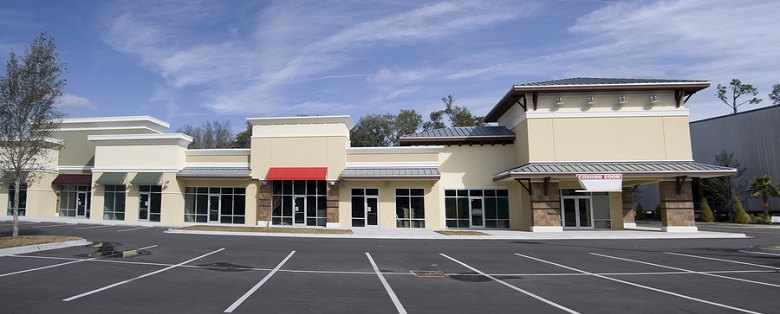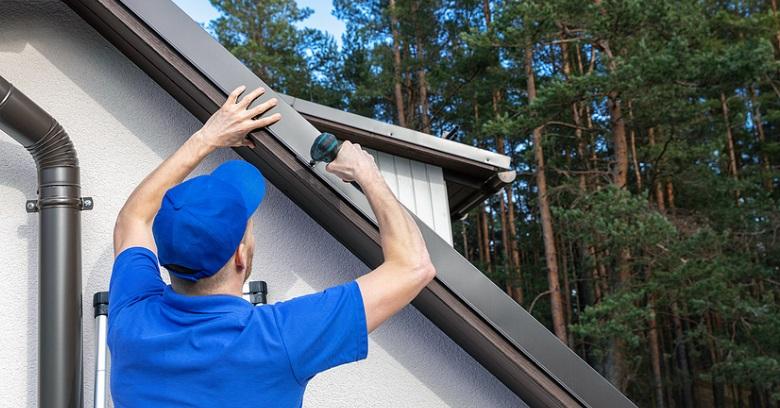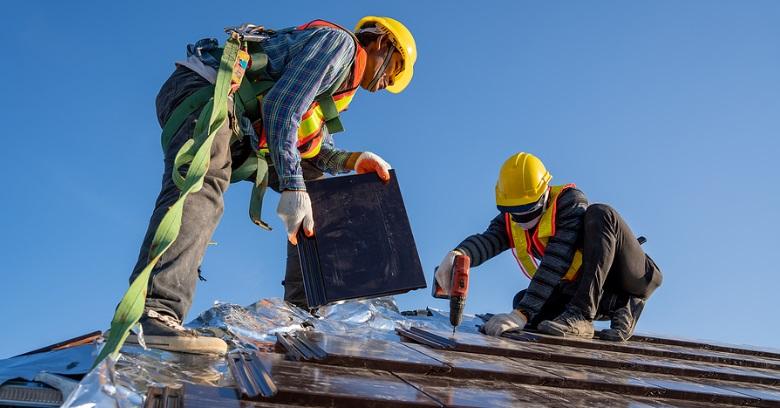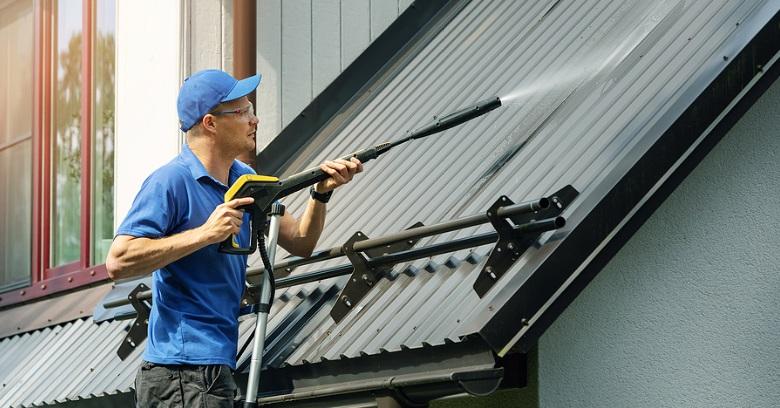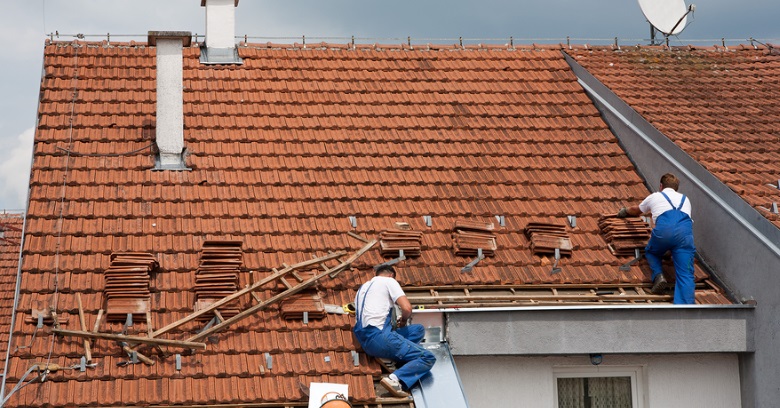There is a big difference between residential and commercial roofing particularly with the materials and methods used for each. The flat roofs on most commercial buildings may seem less complicated for flat roofer services to install; however, they can also be harder to keep watertight unless correctly applied. For anyone in need of commercial services, read the below information, then seek roofers who have experience with the right materials and techniques.
The Pros and Cons of Flat Roofs
Flat roofs can be easier to install as they do not require working at an angle; however, they do present certain other challenges. Even though roofers can easily and safely install commercial systems, flat installations must be expertly done as even the smallest oversight can leave the surface at risk of leaks that could cause substantial damage to the whole building.
Considering this, building owners must always work with flat roofer services that understand the different flat installation systems and how to properly lay them for longevity and proper protection of the building underneath.
Commercial Flat Roof Systems
There are four basic systems used today on large commercial buildings with flat tops. Those are BUR, TPO, EPDM, and metal, each offering different advantages and disadvantages.
- BUR - Built-up asphalt roofing is comprised of multiple layers of underlayment and sealant that together create a thick, waterproof layer over the top of the building. BUR is a common and inexpensive option still used by commercial roofers; however, more recently developed systems are proving to be more durable and easily maintained.
- TPO and EPDM - Thermoplastic polyolefin is a type of plastic and ethylene propylene diene monomer is a type of rubber, both of which make excellent roofing materials. They are easily installed and highly durable, requiring less maintenance than BUR. TPO is especially resistant to heat and fire, while EPDM is flexible and cost-effective on commercial buildings.
- Metal - Properly installed by flat roofer services, metal is yet another option for commercial buildings. It is highly durable and lasts longer than most other systems used on commercial buildings, although it can be more expensive. Over time, metal provides great value when it is properly maintained so that fasteners stay tight and panels stay properly fitted together.
Common Problems with Flat Roofs
The biggest problem with many commercial flat roofs is leakage. Leaks can occur for a number of reasons depending on the material used and whether the installation is being properly maintained. Mistakes made when layering material, fitting edges together, or adding flashing may leave openings that let water enter. This can produce widespread damage when undetected and left uncorrected for long periods. In addition, flat systems can dramatically affect building heating and cooling costs when not properly insulated.
Considering these different factors, it is essential that owners of commercial buildings hire the right roofers when seeking a new installation. Reputable flat roofer services that are experienced with the many different systems available today and the intricacies of each will ensure the best installation possible!


